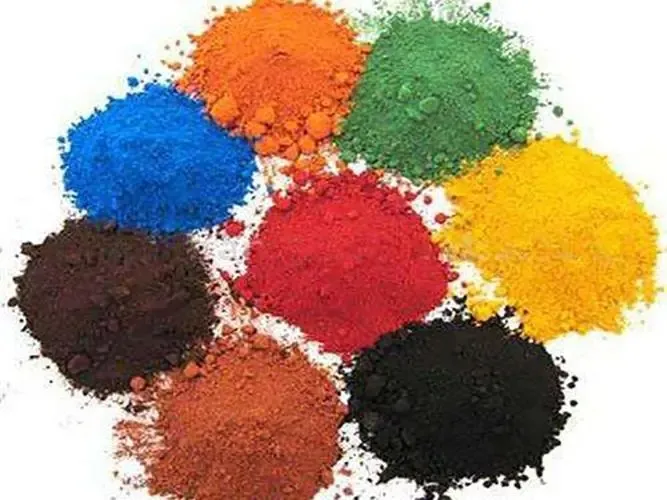Optimizing Glaze Flow Rate in Ceramic Production with Sodium Tripolyphosphate
Understanding the Glaze Pulp Challenge
In the evolution of ceramic production technology, the stability of glaze flow rate is a critical factor. Producers often face challenges with uneven glaze flow, especially in raw glaze, which can become unstable over time and resemble tofu flowers. This instability hampers the production efficiency and quality of ceramic products.
The Magical Effect of Sodium Tripolyphosphate
Sodium Tripolyphosphate (STPP) is a powerful additive known for its water-reducing and dispersing properties. It plays a crucial role in ceramic production by diluting the glaze pulp and enhancing the slurry’s liquidity under low moisture conditions. This ensures that the glaze slurry remains stable and does not deteriorate easily, thus improving the overall quality of the ceramic glaze.
Experimental Verification and Additive Selection
Extensive experiments have shown that adding STPP to the glaze slurry maintains its stability and consistent flow rate over time. However, the selection and dosage of STPP must be tailored to different types of glazes through experimentation. This helps achieve an optimal balance between the proportion of STPP and the desired liquidity of the glaze.
Enhancing Glaze Intensity and Reducing Damage
Appropriate use of STPP not only increases the intensity of the glaze but also minimizes damage to the glazed surface. This makes the glaze more suitable for various ceramic production techniques, including throwing. STPP has shown particularly impressive results in the production of antique bricks, enhancing their quality and durability.
Technological Solutions to Glaze Problems
With the integration of modern technology, STPP offers a viable solution to the longstanding problem of unstable glaze flow in ceramic production. Its application opens up new possibilities for optimizing ceramic production processes and supports the development of the ceramic industry by providing a reliable and effective additive.
Conclusion
Sodium Tripolyphosphate is an indispensable additive in ceramic production, offering significant benefits in stabilizing glaze flow rate, enhancing glaze intensity, and reducing surface damage. By understanding its mechanism and conducting thorough experiments, ceramic producers can optimize their processes, improve product quality, and address longstanding production challenges. This advancement not only resolves existing issues but also paves the way for further innovations in the ceramic industry.
Frequently Asked Questions (FAQ)
- What is Sodium Tripolyphosphate (STPP)?
- Sodium Tripolyphosphate (STPP) is a water-reducing and dispersing agent used in various industrial applications, including ceramic production.
- How does STPP benefit ceramic production?
- STPP stabilizes glaze flow rate, enhances glaze intensity, and reduces surface damage, improving overall product quality.
- What challenges does STPP address in ceramic production?
- STPP addresses the issue of uneven and unstable glaze flow, which can hinder production efficiency and product quality.
- How is STPP applied in ceramic production?
- STPP is added to the glaze slurry in controlled proportions, determined through experimentation to achieve the desired liquidity and stability.
- What are the environmental impacts of using STPP?
- STPP is a widely used industrial additive with a well-documented safety profile. Its environmental impact is minimal when used according to industry standards.
- Can STPP be used in other ceramic production techniques?
- Yes, STPP is versatile and can be used in various ceramic production techniques, including throwing and the production of antique bricks.
- What is the optimal dosage of STPP in glaze slurry?
- The optimal dosage of STPP varies depending on the type of glaze and must be determined through experimentation to balance proportion and liquidity.
- How does STPP improve the quality of antique bricks?
- STPP enhances the intensity and durability of the glaze on antique bricks, making them more resilient and aesthetically pleasing.
- Is STPP safe for use in ceramic production?
- Yes, STPP is safe for use in ceramic production when used according to industry guidelines and standards.
- Where can I learn more about the use of STPP in ceramics?
- For more information, you can refer to industry publications, research studies, and expert consultations on ceramic production and additives.

